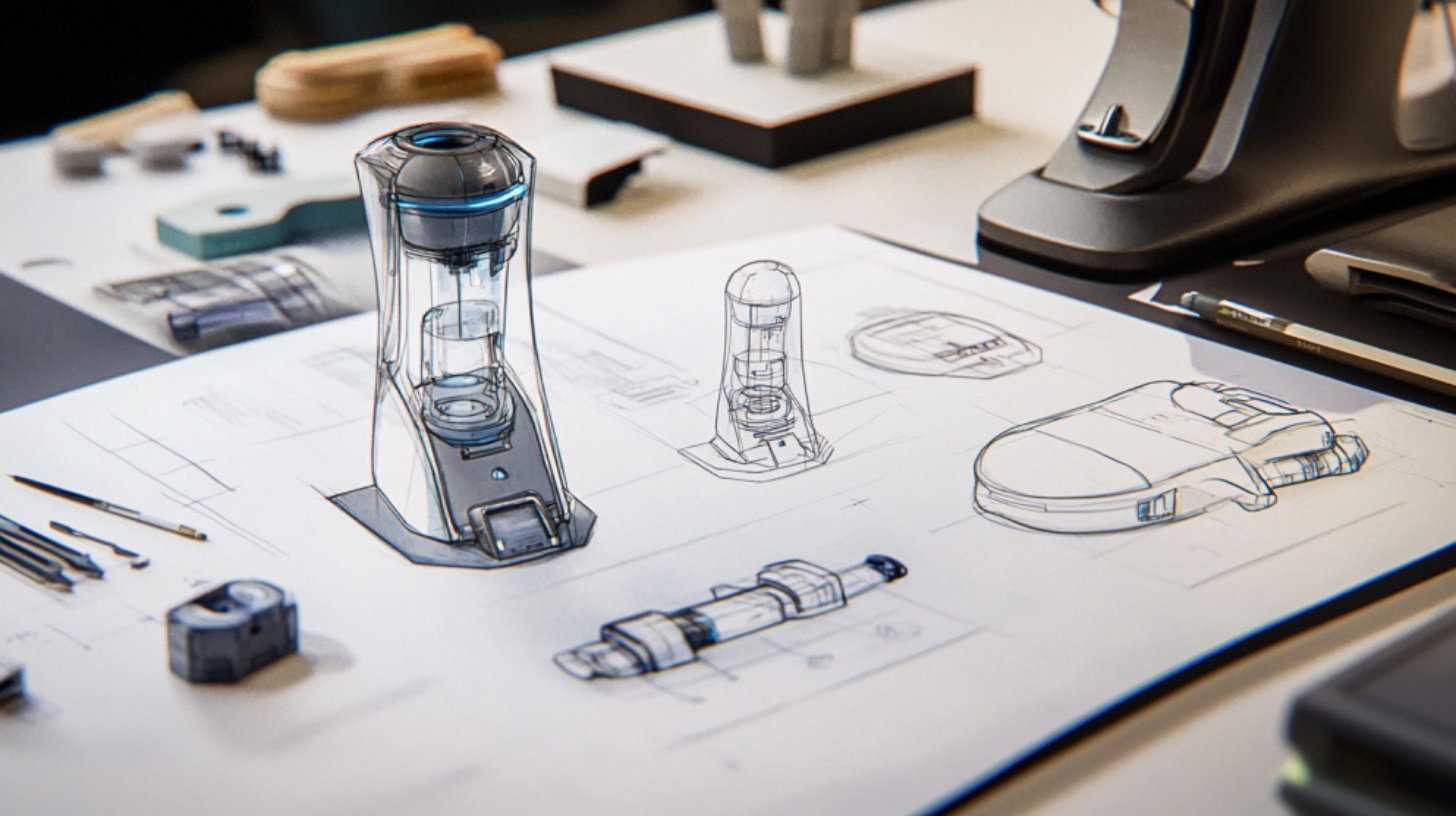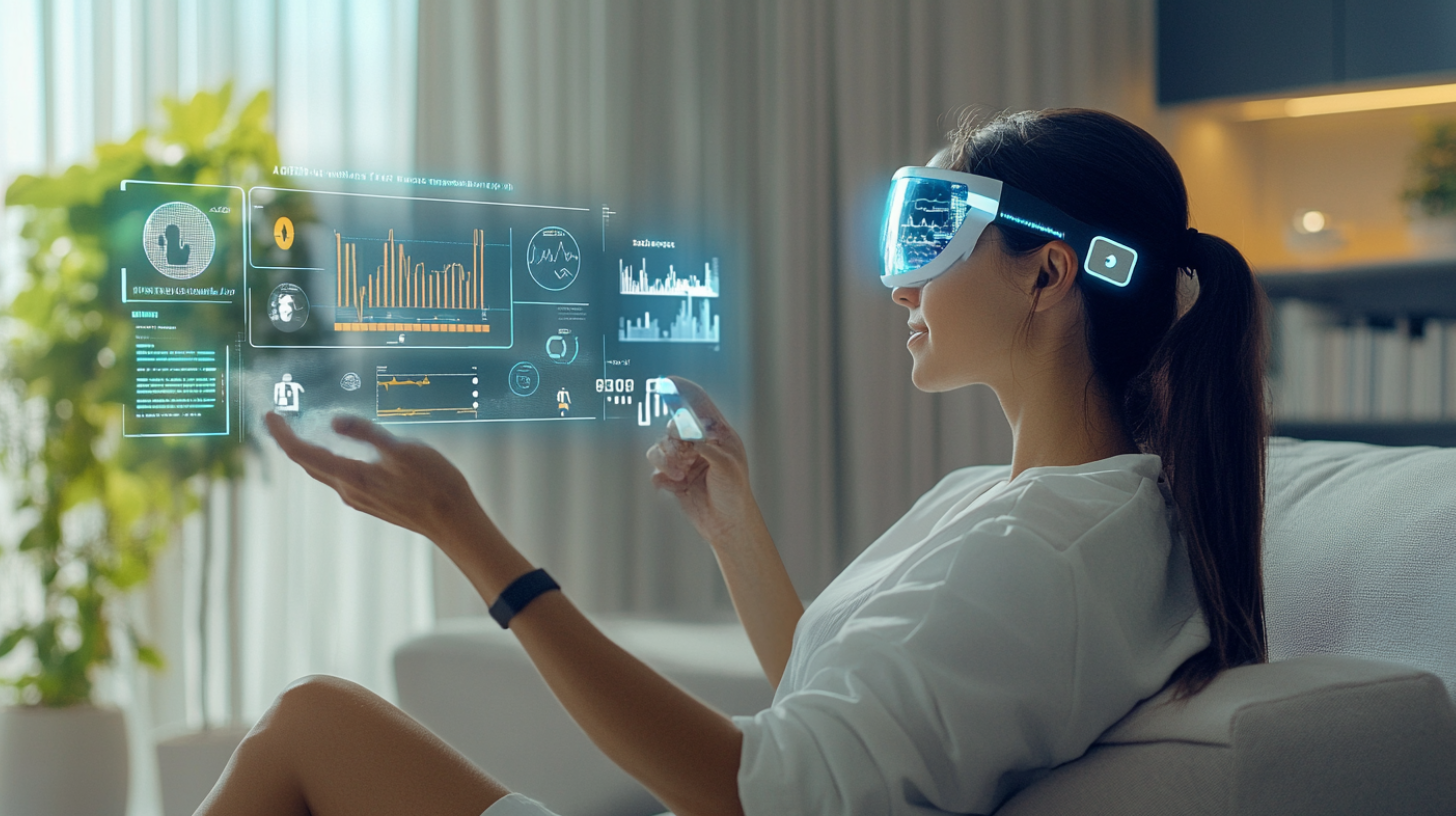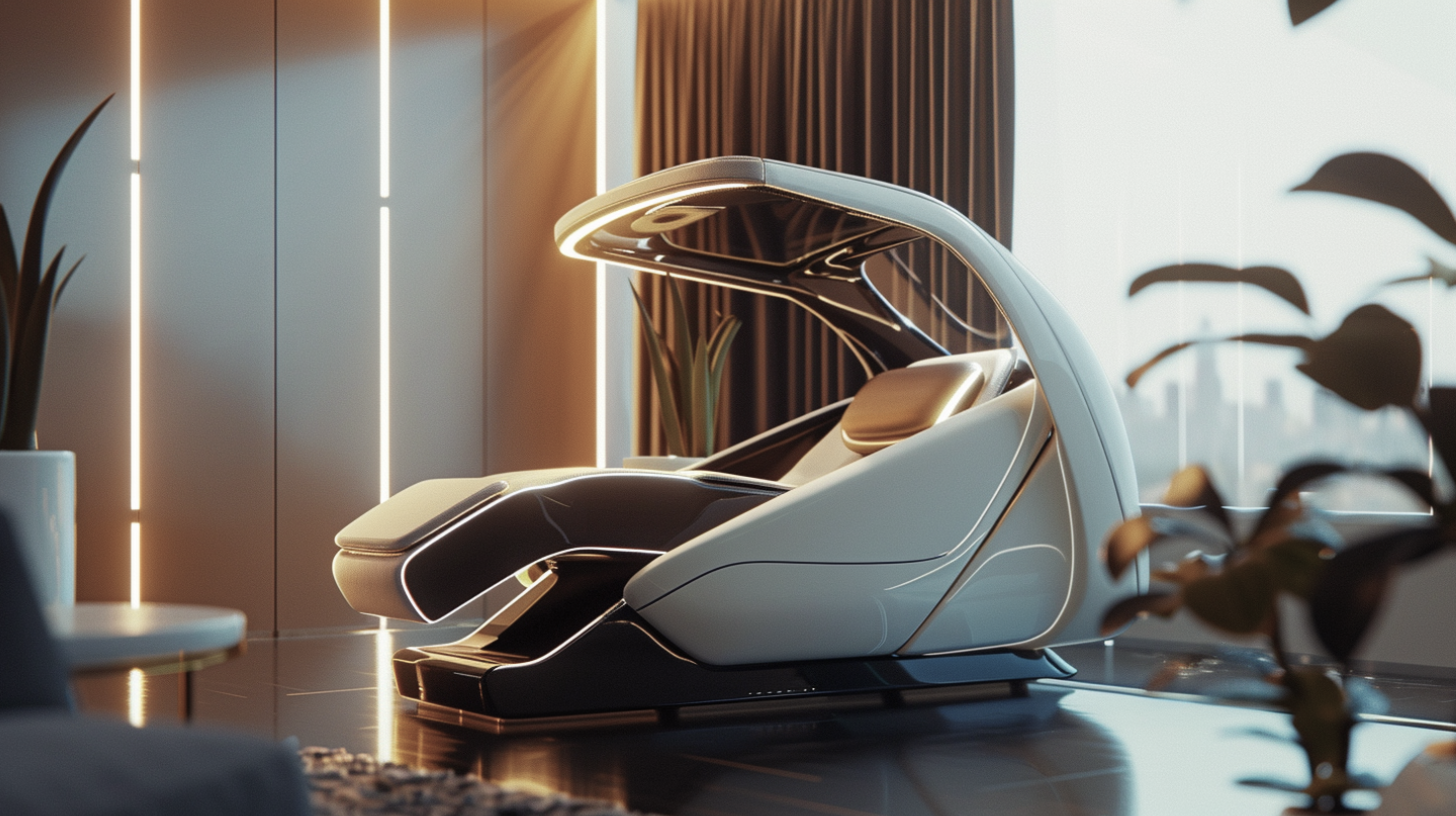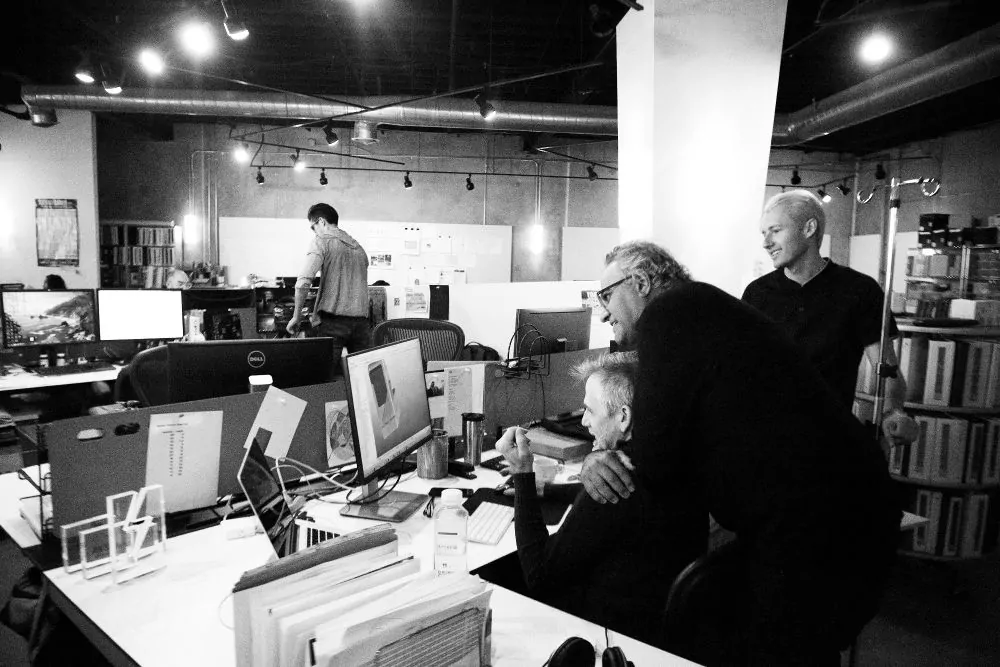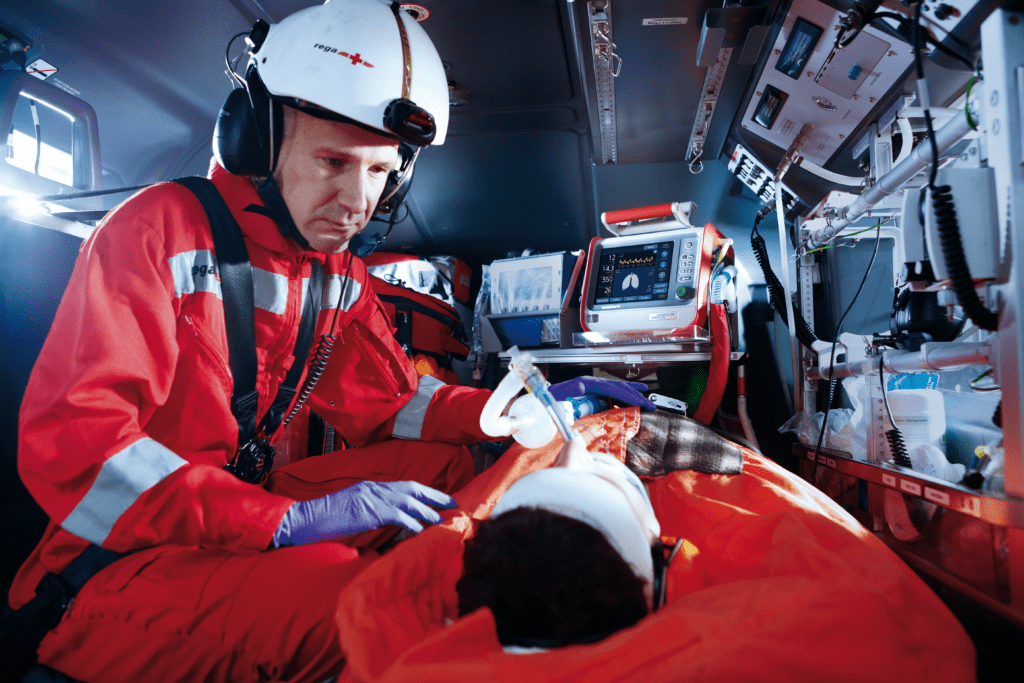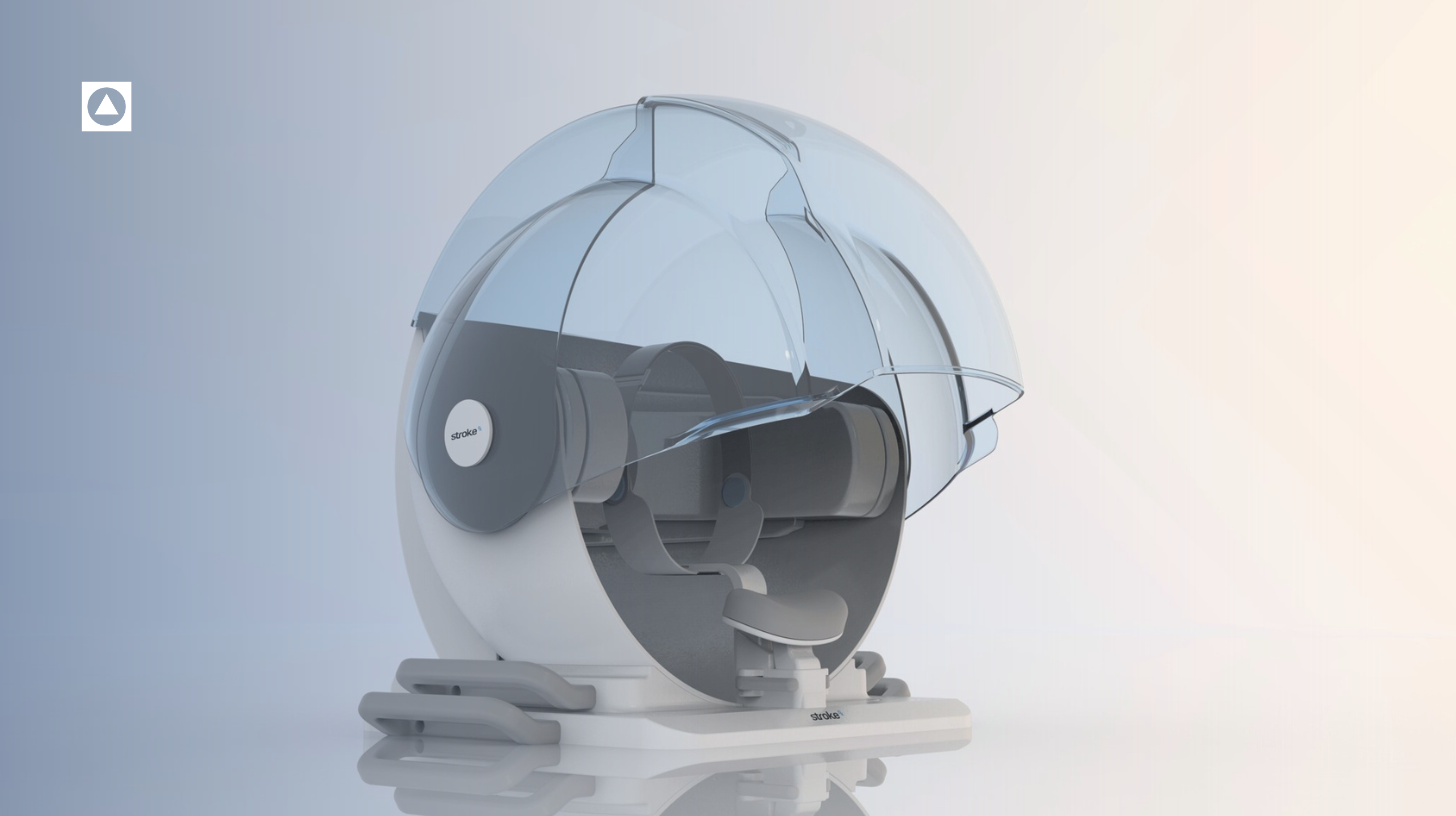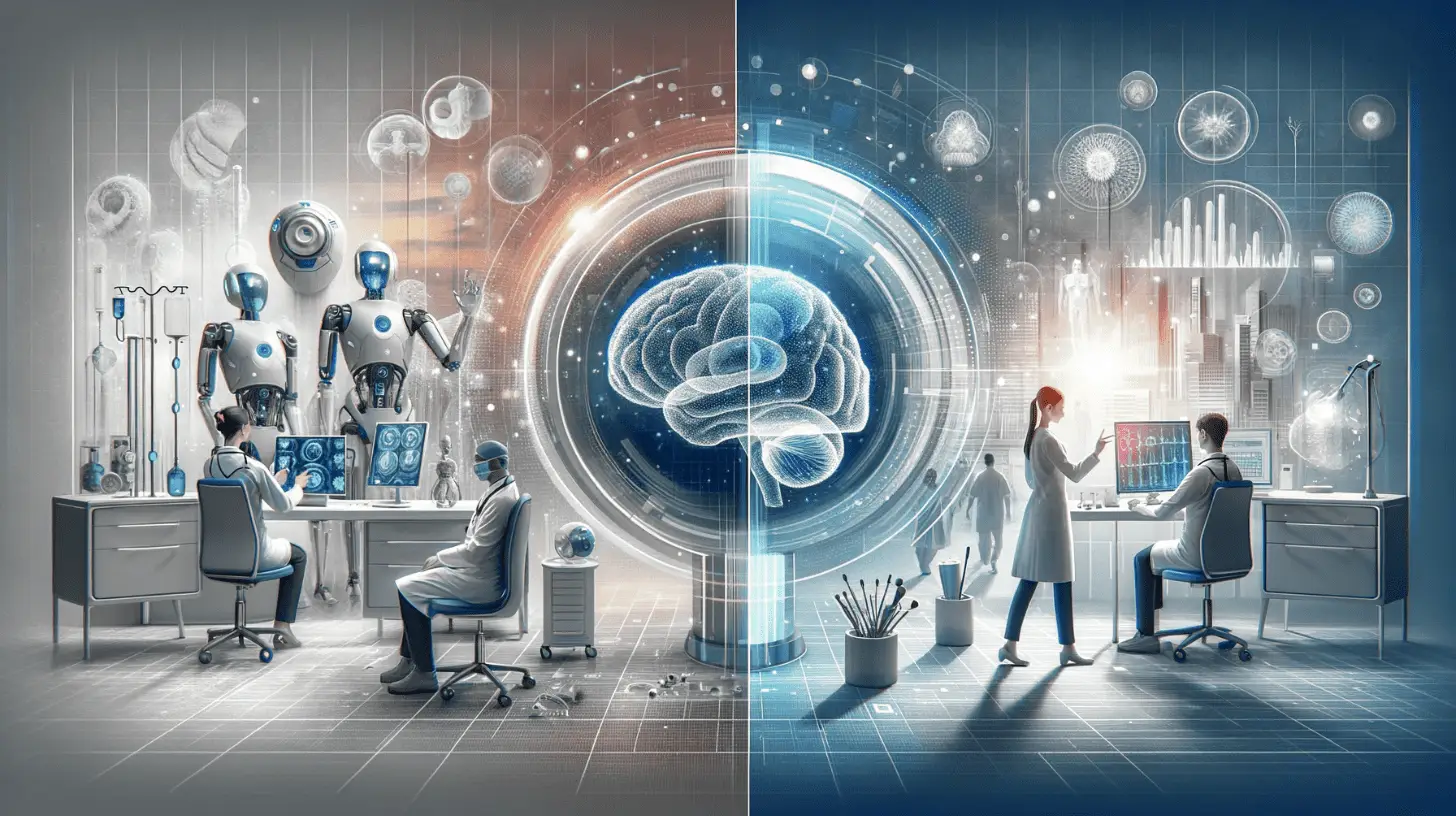Here at RKS we believe User Experience is the backbone to building trust and empathy with those who use the products and interfaces we design, every day. Whether it’s a physical or digital interface, products must not surprise but delight, be dependable and not frustrate. There should not be barriers to use that need lengthy explanation, but instead products should work in expected ways, even if they’re entirely new to the user.
[ux_image id=”1887″ image_size=”original”]
Here at RKS we believe User Experience is the backbone to building trust and empathy with those who use the products and interfaces we design, every day. Whether it’s a physical or digital interface, products must not surprise but delight, be dependable and not frustrate. There should not be barriers to use that need lengthy explanation, but instead products should work in expected ways, even if they’re entirely new to the user.
[ux_image id=”1889″ image_size=”original”]
At RKS, we use a similar user-centric approach when designing physical artifacts and their matting UI / UX. Aesthetics is definitely an important component and it’s often what’s celebrated, but functionality is paramount. This is perhaps most evident in the medical and scientific products we design.
These products often reside in mission-critical environments. If a user makes a mistake performing the desired action, the consequences can be costly. Medical rescue personnel and first responders will tell you that generally their calm days are punctuated by moments of fear when the alarm bell rings. When they are dispatched into extreme conditions, there’s a much higher probability of situational disabilities. When designing medical gear for deployment on life-flight helicopters, we had to consider that even well-qualified users might be more prone to making mistakes while performing under extreme mental and physical conditions. The hardware platform that was engineered for use in the field by rescuers also resides in the quiescence of a hospital or lab environment. Obviously, the physical design and man-machine interface for this user segment had to be appropriately designed for these disparate environments. The internal hardware is the same, but, the physical designs are quite different from one another. The physical design and feature sets had to be reprioritized. It was important to research the trade-offs because you only get one chance to get the physical design right.
Generally, it’s much easier to spot and debug a flawed digital interface or experience before it’s released into the wild. And there’s usually the option to push UI/UX updates in the next code release. In contrast, the physical placement of controls, buttons, access ports, trays, and information graphics on the product are not updatable. Once the physical design is in production, there’s no turning back. We work tirelessly on the design until the physical and digital experiences harmoniously converge into a holistic product experience, which is key to building brand loyalty.

